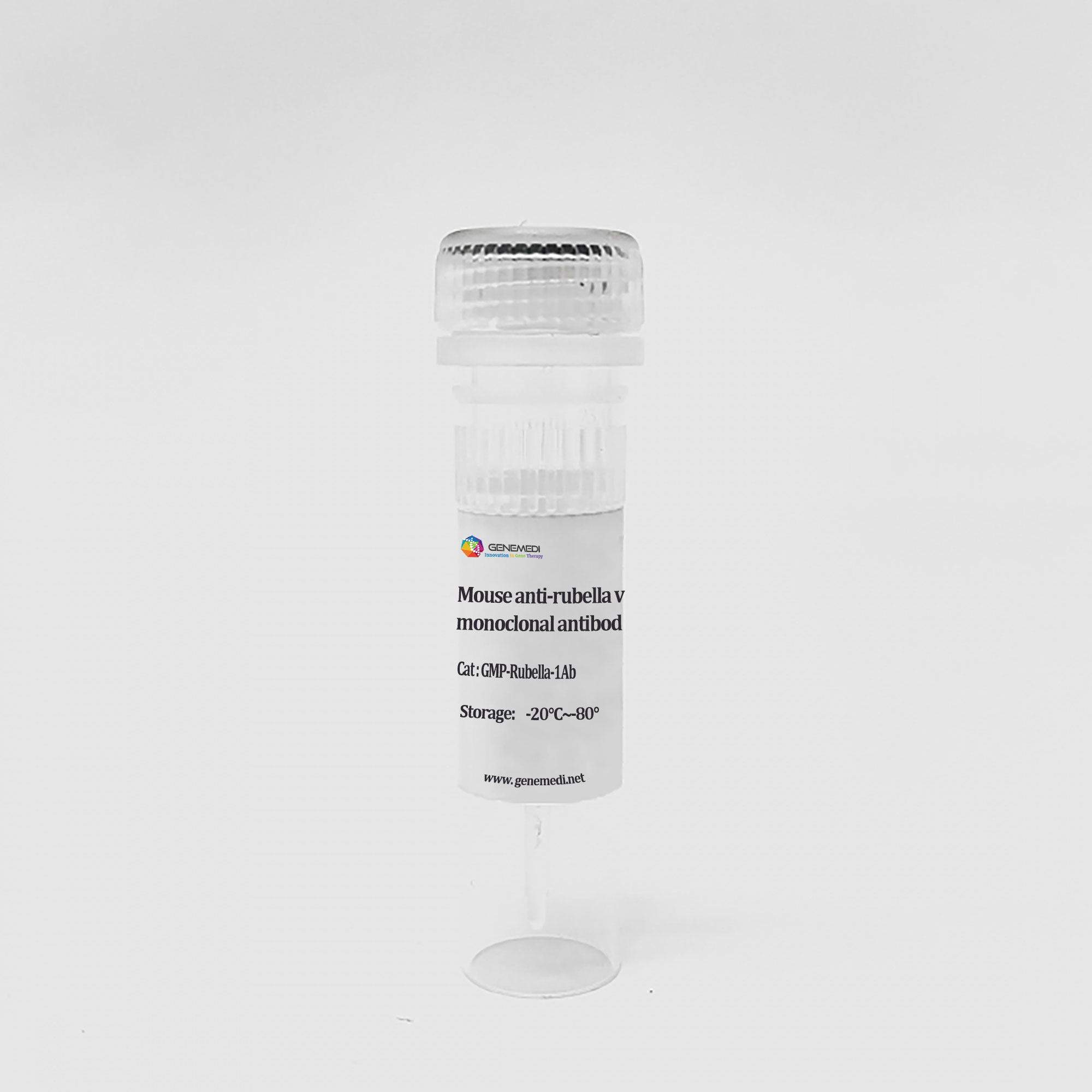Cat:pGMAD000111
If you purchase ORF/cDNA clone-Lentivirus plasmid, ORF vector will be delivered with P-ALV-B11 backbone together.
SKU
pGMAD000111
Categories adv, ADV plasmid, Gene Therapy, orf
Availability:3-7 business days

Description
Catalog ID
pGMAD000111
Gene Name
Traf2
Product Name
Accession Number
NM_001290413.1
Gene ID
22030
Species
mouse
Product Type
Adenovirus plasmid
Insert Length
1527
Gene Alias
Enables CD40 receptor binding activity. Involved in several processes, including interleukin-17-mediated signaling pathway; positive regulation of signal transduction; and regulation of gene expression. Acts upstream of or within several processes, including cellular response to nitric oxide; programmed necrotic cell death; and regulation of JNK cascade. Located in several cellular components, including cytoplasmic side of plasma membrane; membrane raft; and vesicle membrane. Part of CD40 receptor complex and IRE1-TRAF2-ASK1 complex. Is expressed in several structures, including genitourinary system; lower jaw tooth; and mandibular process. Orthologous to human TRAF2 (TNF receptor associated factor 2). [provided by Alliance of Genome Resources, Apr 2022]
Fluorescent Label
NULL
Fusion Tag
3×flag
Promoter
CMV
Resistance
Amplicin
gene description
The protein encoded by this gene is a member of the TNF receptor associated factor (TRAF) protein family. TRAF proteins associate with, and mediate the signal transduction from members of the TNF receptor superfamily. This protein directly interacts with TNF receptors, and forms a heterodimeric complex with TRAF1. This protein is required for TNF-alpha-mediated activation of MAPK8/JNK and NF-kappaB. The protein complex formed by this protein and TRAF1 interacts with the inhibitor-of-apoptosis proteins (IAPs), and functions as a mediator of the anti-apoptotic signals from TNF receptors. The interaction of this protein with TRADD, a TNF receptor associated apoptotic signal transducer, ensures the recruitment of IAPs for the direct inhibition of caspase activation. BIRC2/c-IAP1, an apoptosis inhibitor possessing ubiquitin ligase activity, can unbiquitinate and induce the degradation of this protein, and thus potentiate TNF-induced apoptosis. Multiple alternatively spliced transcript variants have been found for this gene, but the biological validity of only one transcript has been determined. [provided by RefSeq, Jul 2008]
Maker
NULL
Regulation
overexpression





